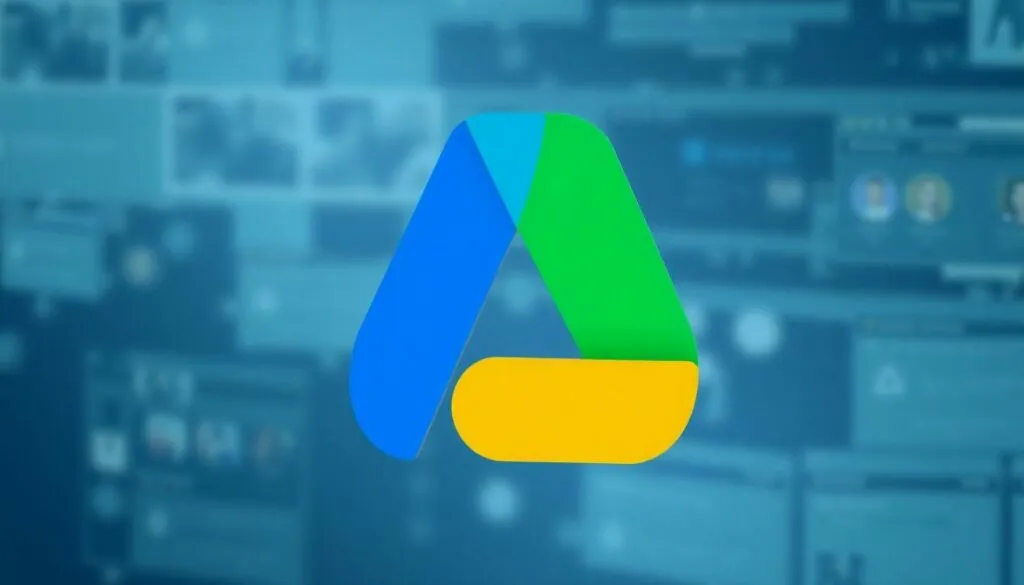Table of Contents
ToggleIn a world where apps reign supreme, the Google apps icon stands out like a neon sign in a sea of gray. It’s not just a colorful collection of squares; it’s a gateway to productivity, creativity, and the occasional cat video. Whether you’re drafting a killer presentation in Slides or planning your next vacation with Maps, that little icon holds the key to unlocking your digital potential.
Overview of Google Apps Icon
The Google apps icon serves as a colorful entry point into a suite of tools designed for efficiency and creativity. This icon features four distinct colors arranged in a distinct layout, representing Google’s branding and commitment to a user-friendly experience. Users access a collection of applications through this icon, including Google Drive for storage, Google Calendar for scheduling, and Google Docs for document creation.
Adobe applications, like Google Drive and Google Sheets, streamline workflow and improve collaboration. Enhanced productivity follows seamless integration among these apps, allowing teams to work together in real-time. Moreover, the Google apps icon symbolizes more than just software; it embodies an ecosystem enabling users to connect, create, and communicate effortlessly.
Visually, the icon stands out in a crowded digital environment, catching the user’s eye and inviting exploration. Functionality pairs with aesthetics, ensuring a positive user experience across devices. Regular updates keep the applications relevant and improve usability, aligning with evolving user needs.
In this digital age, the Google apps icon represents a powerful toolset, fostering collaboration and innovation. Daily tasks transform as users tap into features that encourage creativity and organization. Ultimately, this icon not only provides access but also inspires users to optimize their digital interactions.
Design Evolution of Google Apps Icon

The evolution of the Google apps icon reflects a deliberate design strategy aimed at enhancing user engagement. This icon serves as a recognizable gateway to a suite of essential applications.
Iconography and Symbolism
Visual representation plays a crucial role in the effectiveness of the Google apps icon. Each corner of the icon holds a distinct color, symbolizing various aspects of Google’s functionality. The square shape suggests stability and accessibility, inviting users to explore extensive tools. As a design element, the icon embodies the innovative spirit of the brand, encouraging users to unlock creativity and productivity with each click. Through consistent updates, Google adapts the icon to maintain relevance in a rapidly changing digital landscape.
Color Palette and Branding
The Google apps icon features a carefully selected color palette that aligns with Google’s branding strategy. Bright blue, red, yellow, and green harmonize to create a vibrant, eye-catching appearance. Each color represents unique facets of the Google ecosystem, enhancing recognition across platforms and devices. Cohesiveness in design strengthens brand identity, making the icon instantly recognizable to users worldwide. The combination of colors evokes a sense of optimism and fosters an engaging user experience, reinforcing Google’s commitment to accessibility and innovation.
User Experience with Google Apps Icon
The Google apps icon significantly enhances user interaction with its vibrant aesthetic and functionality. This icon serves as a crucial element in digital navigation.
Accessibility and Recognition
Users easily recognize the Google apps icon due to its bright color palette and distinctive design. Four colors, bright blue, red, yellow, and green, allow it to stand out amid other icons, ensuring quick identification. Accessibility features further enhance the user experience. Screen readers effectively communicate the icon’s purpose, making it easy for visually impaired users to navigate apps. With widespread familiarity, the icon fosters a sense of trust and comfort, encouraging exploration of Google’s extensive suite of applications. Each colorful section draws attention and supports brand recognition, creating an inviting digital environment.
Impact on User Engagement
User engagement improves significantly through the Google apps icon’s design and accessibility. It encourages interaction with diverse applications, like Google Docs and Google Sheets, that facilitate collaboration and enhance productivity. Colorful visuals stimulate interest, prompting users to explore while keeping essential tools readily accessible. Positive user experiences hinge on seamless navigation across devices, promoting increased usage. Regular updates ensure the icon aligns with evolving design trends and user preferences. This adaptability reinforces user loyalty to the Google ecosystem, enhancing overall satisfaction. Through engaging design, the Google apps icon transforms the way users approach their digital tasks, driving creative and productive interactions.
Future of Google Apps Icon
The future of the Google apps icon appears bright and innovative. This section discusses emerging trends and predictions surrounding app icon design.
Trends in App Icon Design
Simplicity remains a key trend in app icon design, emphasizing clean lines and minimalism. Flat designs enhance clarity, making it easier for users to recognize applications. Customizable icons gain popularity, allowing users to personalize their interface. Additionally, vibrant colors often attract users’ attention, and Google’s color palette effectively captures this attention. User-friendly accessibility features become critical as brands aim to cater to diverse audiences. Animated elements increasingly appear, adding dynamism to app interactions and engagements. These trends reflect evolving design preferences that prioritize user experience and visual appeal.
Predictions for Google’s Iconography
Future predictions suggest a continued evolution in Google’s iconography. Anticipated updates may emphasize smarter integration with personalized user experiences. The adoption of machine learning could customize icons based on user behavior and preferences, enhancing interaction. Sustainability in design choices may also gain traction, aligning with global environmental trends. Additionally, augmented reality and virtual reality are likely to influence future icons, providing immersive navigation experiences. User feedback will guide future updates, ensuring that Google icons remain relevant and effective. Overall, these predictions underscore Google’s commitment to innovation in its digital ecosystem.
The Google apps icon stands as a beacon of innovation and user engagement in the digital realm. Its vibrant design not only captures attention but also simplifies access to essential tools that enhance productivity and collaboration. As Google continues to evolve its iconography, users can expect a seamless blend of functionality and aesthetic appeal.
With emerging trends leaning towards simplicity and personalization, the future of the Google apps icon promises to maintain its relevance while adapting to user needs. This commitment to improvement ensures that the icon will remain a vital part of the digital experience, fostering creativity and efficiency for users around the globe.




